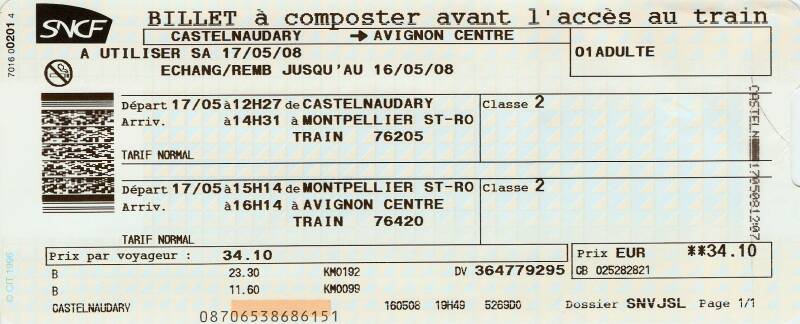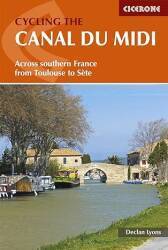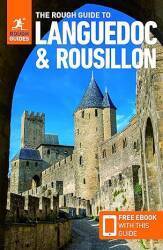
Canal du Midi
Sauzen to Castelnaudary
| 28.7 | kilometers |
| 20 | locks |
| 51.26 m | elevation gain |
Caux-et-Sauzens
We had stayed overnight at Sauzens,
a tiny settlement along the Canal-du-Midi,
really just a cluster of houses near the canal.
We had planned ahead for an overnight stay away from a town.
We had purchased the makings for last night's dinner
and today's lunch in Carcassonne the night before.
The town of Caux absorbed Sauzens between 1790 and 1794,
and the commune is known as
Caux-et-Sauzen.
The main town of Caux
was about 1.4 kilometers south of where we tied up.
We walked there in the morning to visit its grocery store
and get freshly baked baguettes.
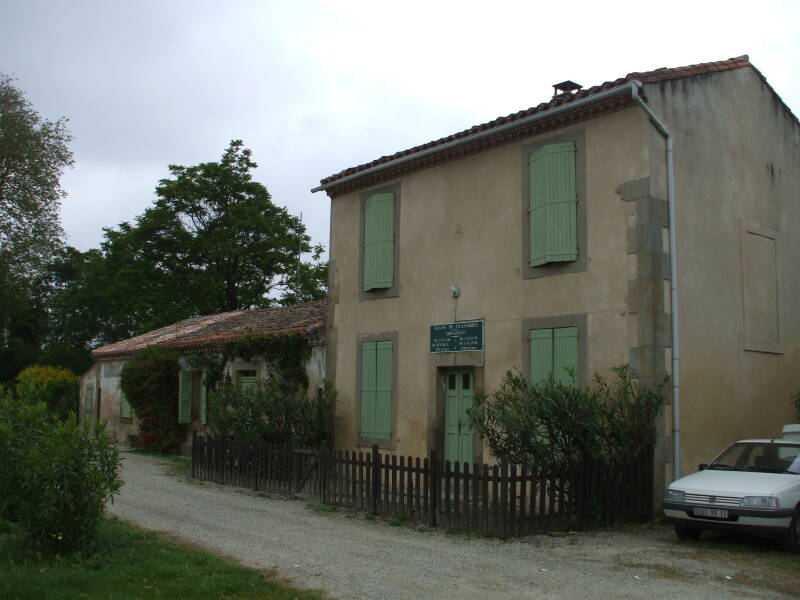
Rue du 8 Mai — the street commemorates VE Day, the day World War II ended in Europe.
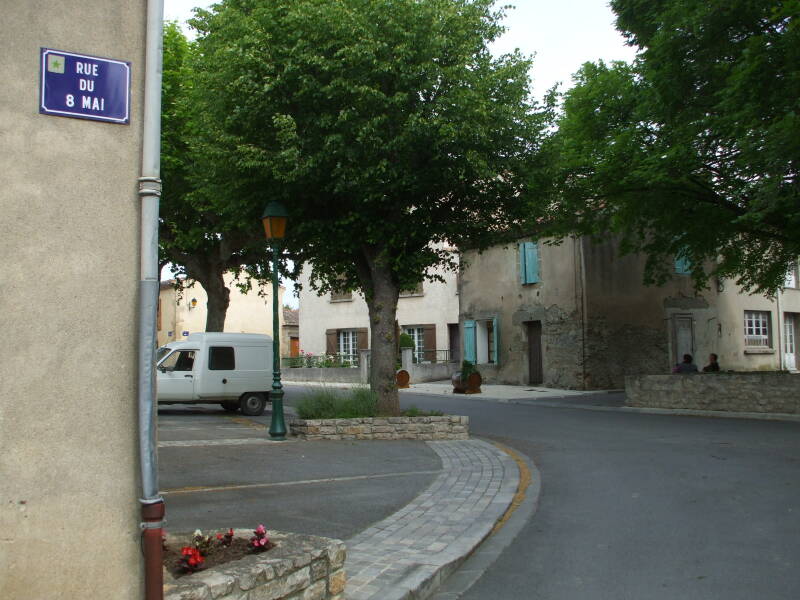
The town was quiet on this Friday morning.
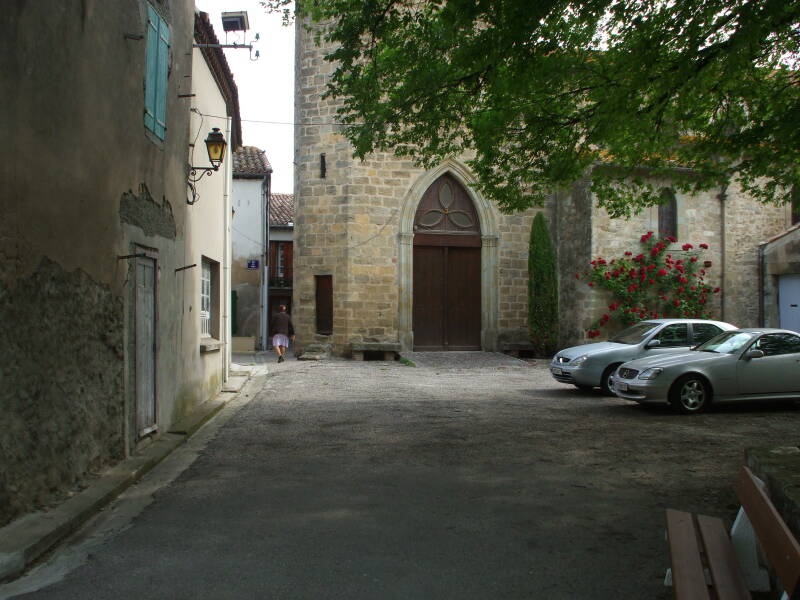
The Mairie or Town Hall is on Place de la Résistance, honoring the French Resistance of World War II.
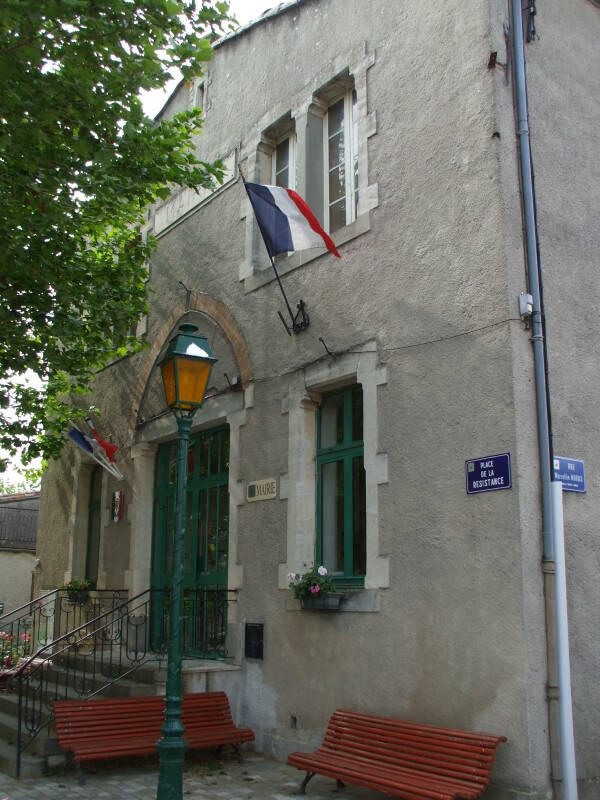

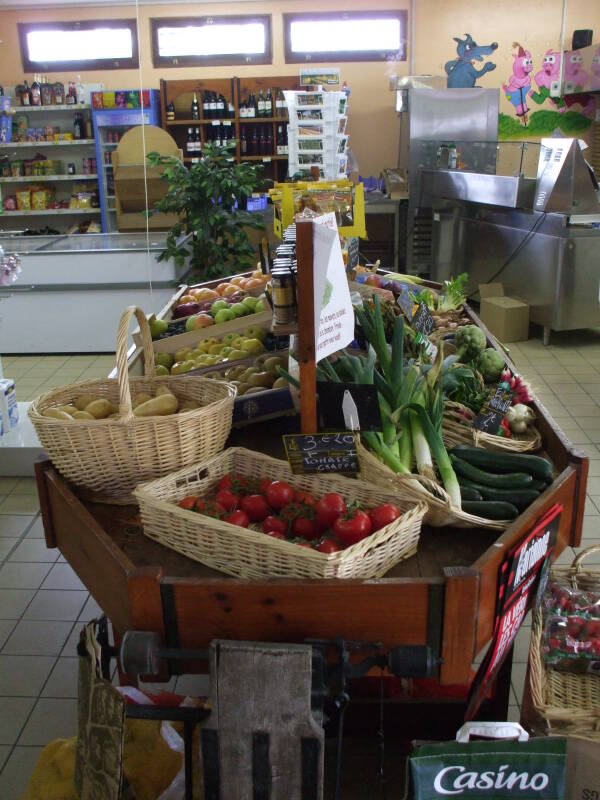
The grocery store had a beautiful display of food. We picked up some things for our breakfast, and also for our lunch.
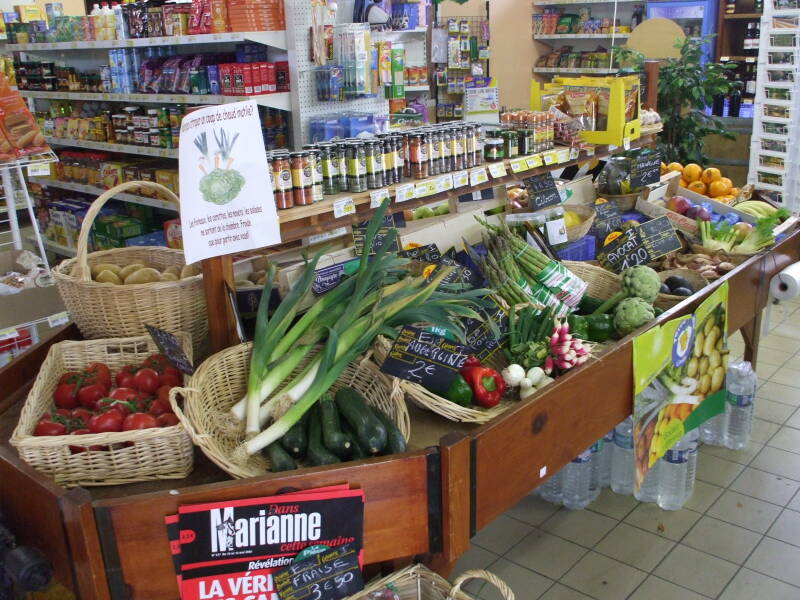
After breakfast we started moving. This would be a long day. We would cover just over 28.7 kilometers from Sauzen to Le Boat's base in the large basin at Castelnaudery

We traveled a slightly longer distance on just one day, and that was the day with no locks.
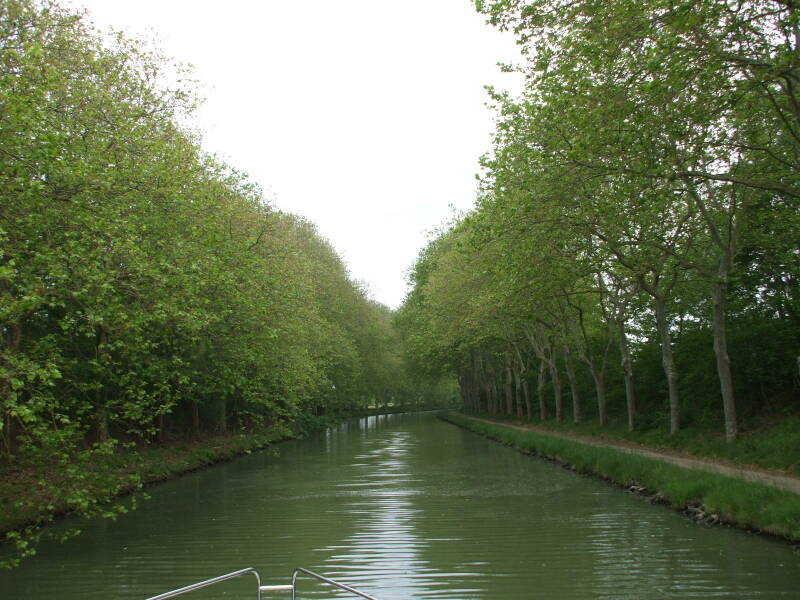
Today we would pass through 20 locks, the most of any day.
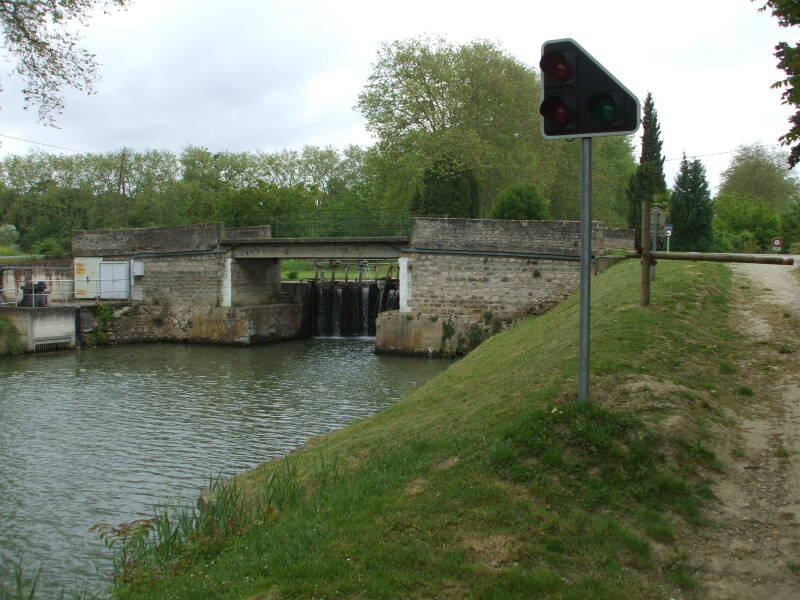
It would be eleven individual locks, then a series of three, a series of two, and a final series of four locks.

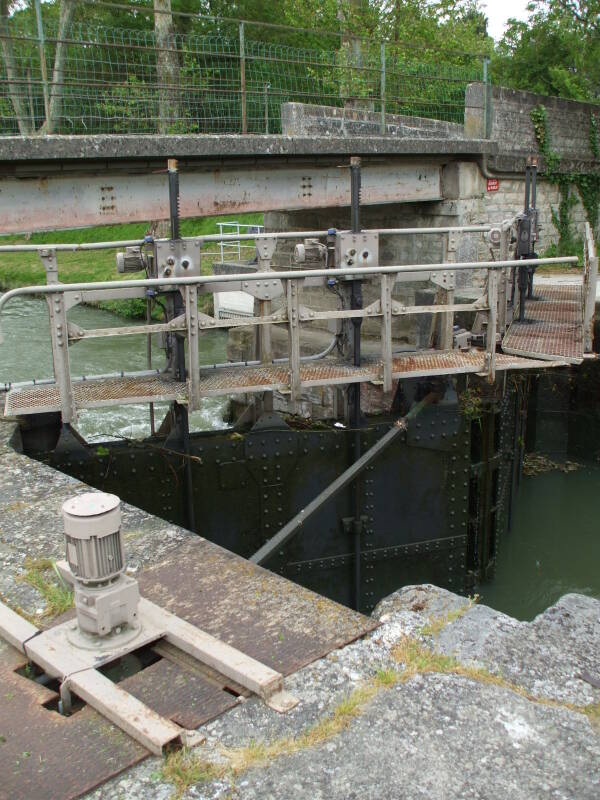
We would gain 51.26 meters in elevation, significantly more than on any other day. As we neared the highest point along the canal, we gaied elevation more quickly.

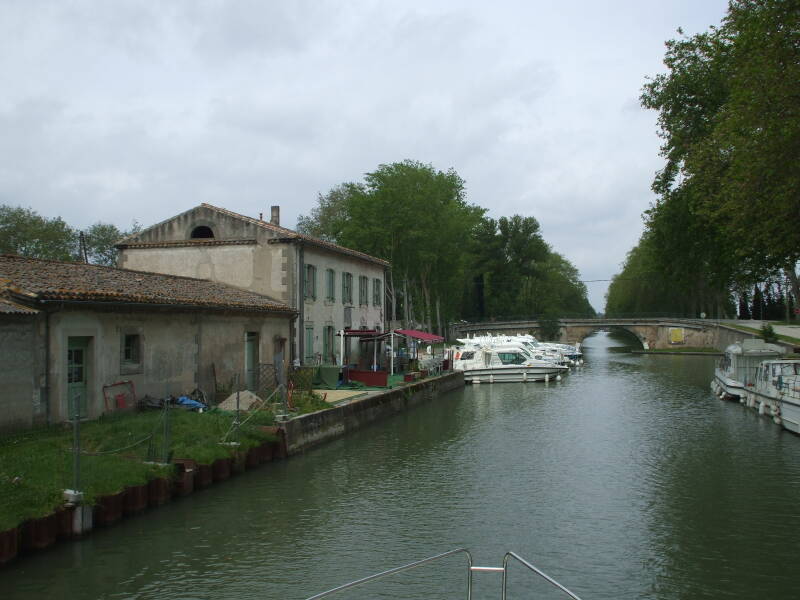

We had lunch on board.
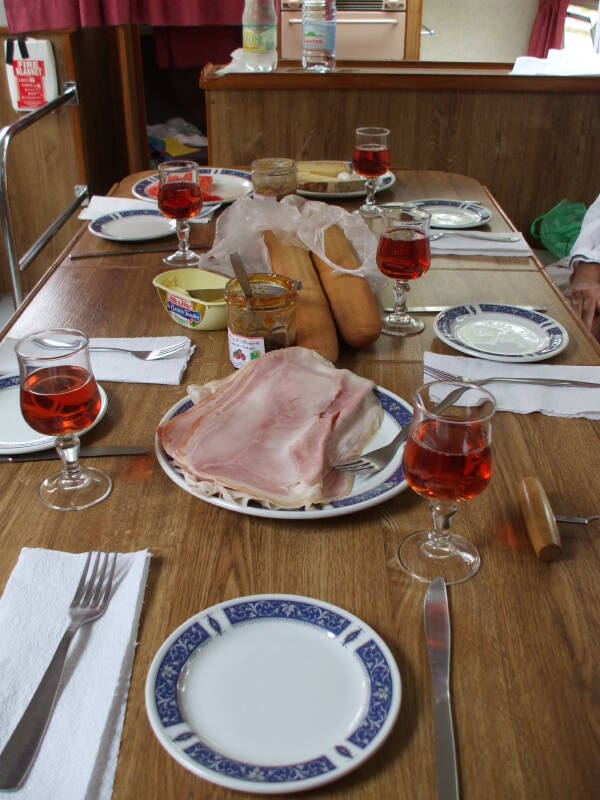
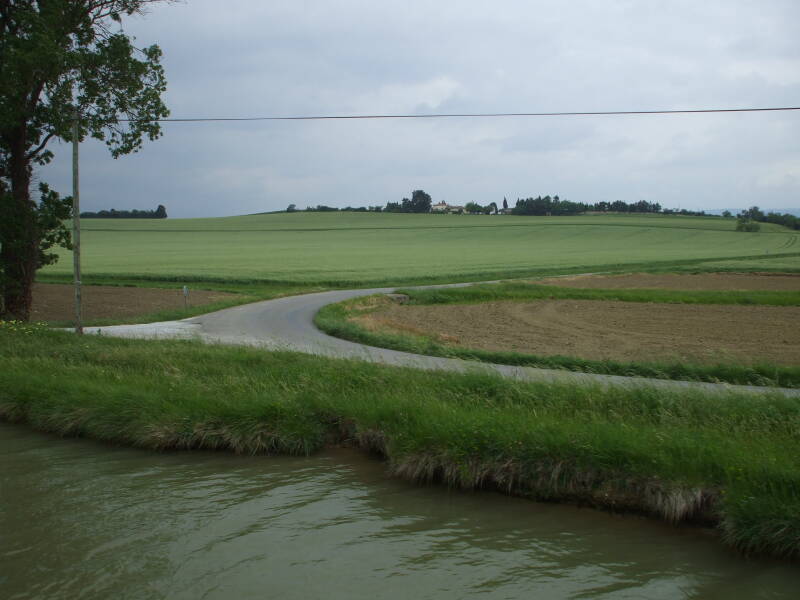
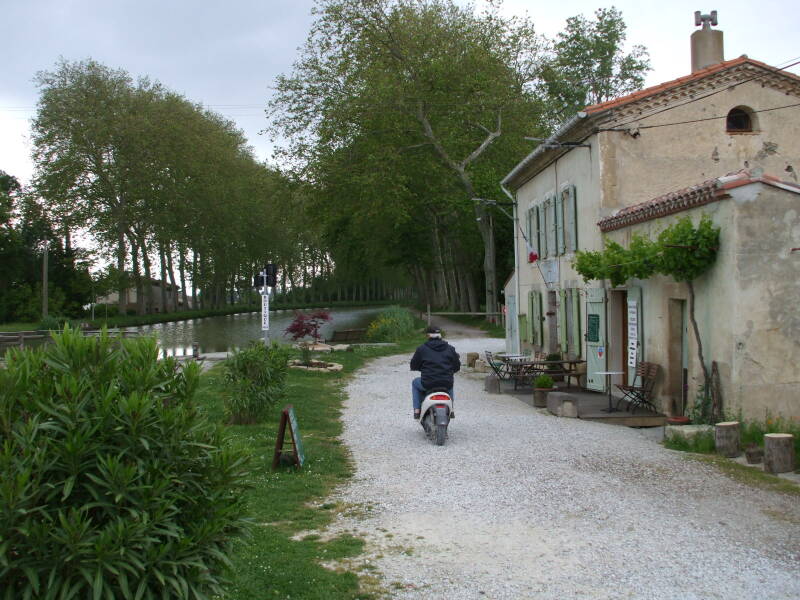
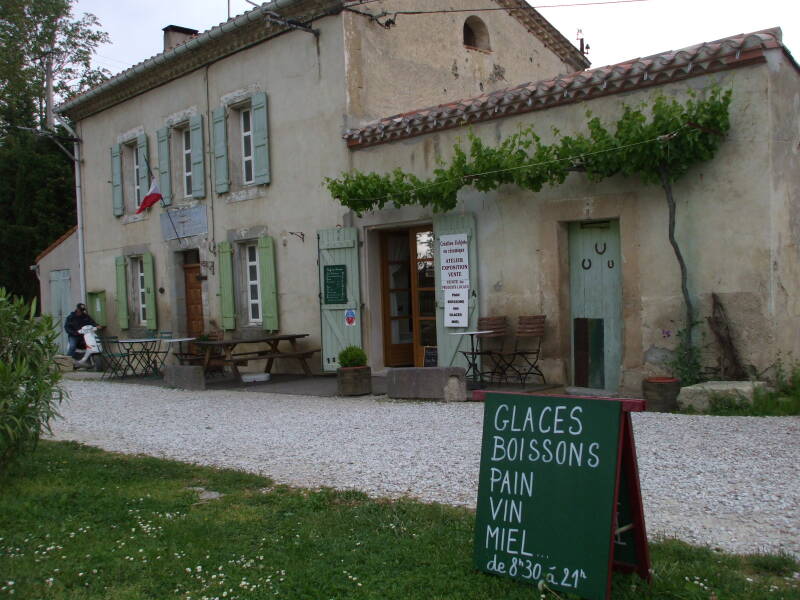
The lock operator can wear this device like a belt, wearing a control panel wirelessly connected to the main control station.
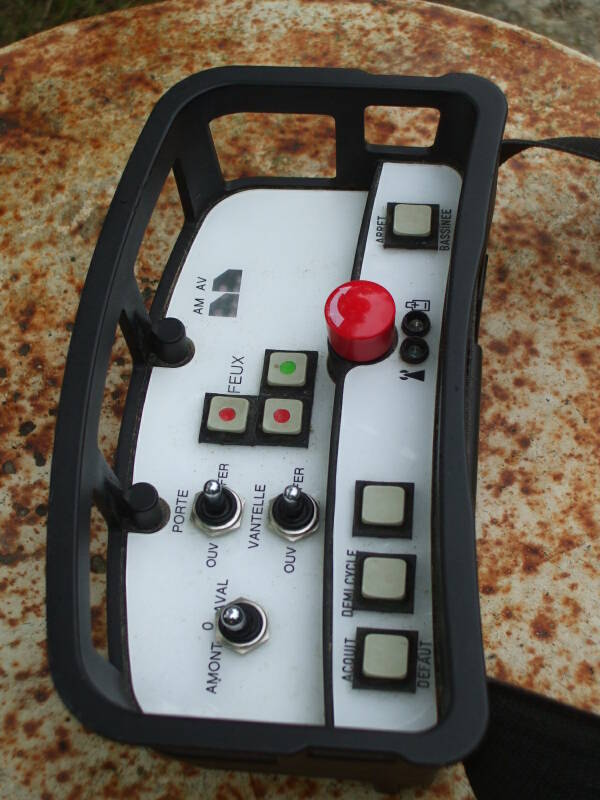
Castelnaudary
The final flight of four locks is at the edge of Castelnaudary.
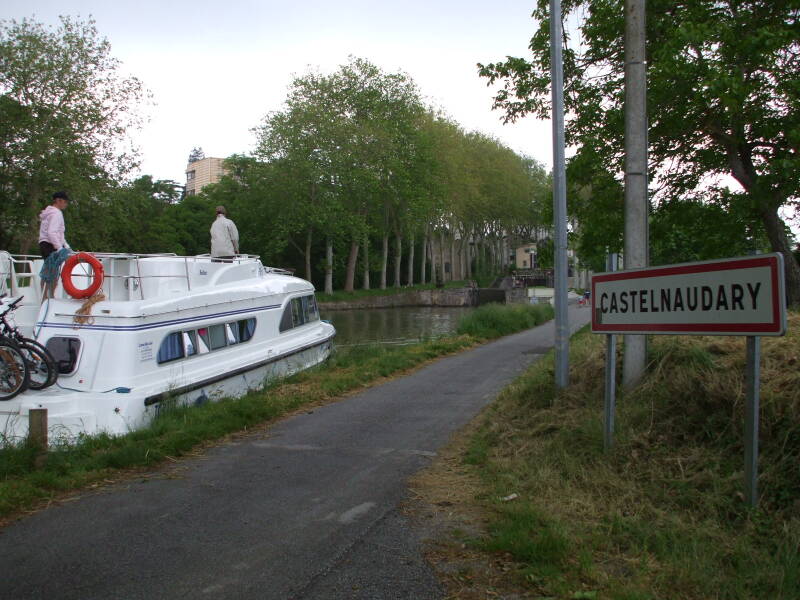
The flight of four locks raised us 9.42 meters.

The fourth lock opened onto the large basin of Castelnaudary. At seven hectares the Grand Bassin is the largest body of water on the Canal du Midi.
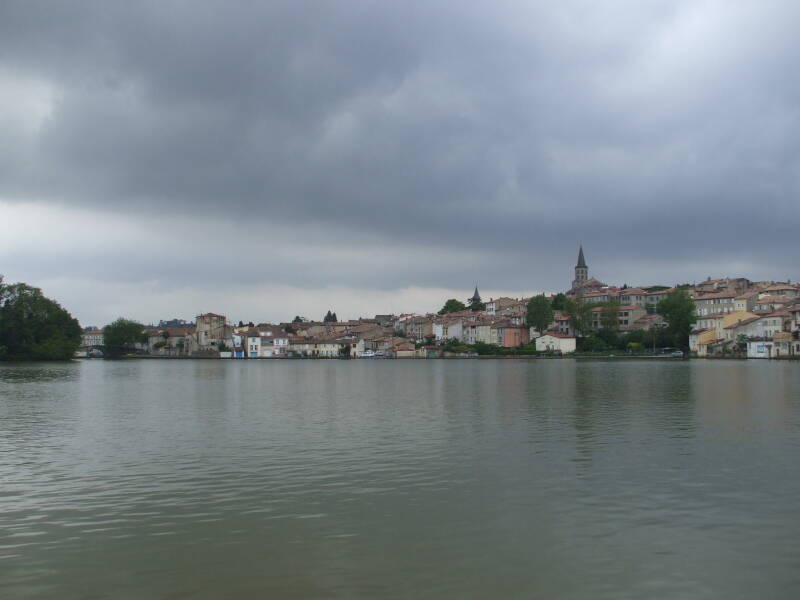
We tied up at Le Boat's base opening onto the basin. Then we walked to the train station to check on schedules for our onward trip the next day. And then it was time for dinner, with a distinctive specialty of Castelnaudary.

Cassoulet is a regional specialty of the Languedoc region, especially associated with Castelnaudary. It's made with white beans and multiple types of meat. Its name comes from cacolet, the Occitan name for the clay pot in which it's baked.
There is a legend that cassoulet was first created during the Hundred Years' War of 1337–1453. The English had Castelnaudary under seige, the French defenders were weakening, and a gigantic stew was made from the beans and meat still available within the city. Reinvigorated, the French fighters rallied, drove away the English, and saved the city.
Like many such inspirational legends, there's no truth in it.
The Castelnaudary version of cassoulet is made from white beans from Lauragais, with goose confit which was salted and then slow-cooked at low temperature for a long time, pork knuckle or shoulder, sausage, and pork rind, plus carrot, leek, and celery. All versions are cooked slowly, simmered through the day.
It is served with regional red wine — Minervois, Corbières, or Fitou.
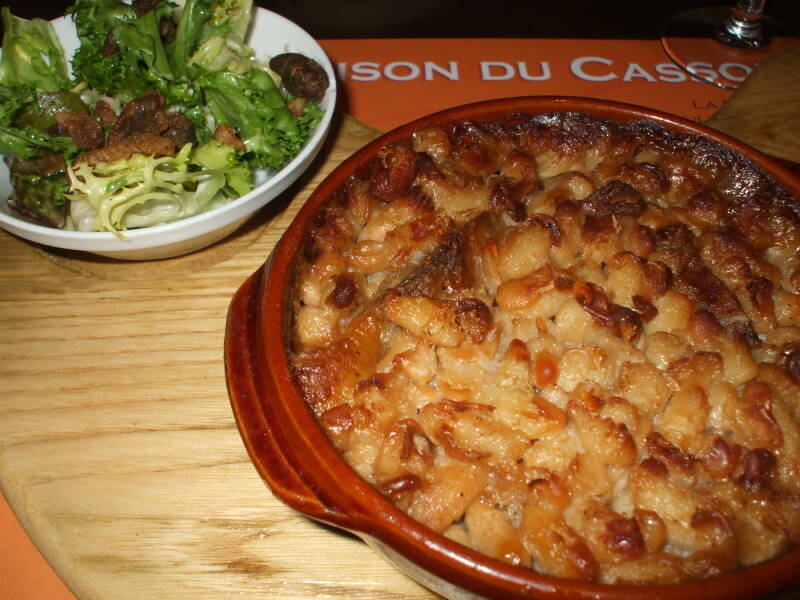
According to Julius Caesar, who was as usual lifting some details from someone else, this time from Eratosthanes, a group of people known as the Volques Tectosages lived here and called the place Sostomagus.
The Volques Tectosages were Celtic people, originally from Bohemia, around today's Prague. First they took part in the "Great Expedition" of 280 BCE, moving into Asia Minor and being known for a while as one of the peoples of Galatia. On the way back, they looted the sanctuary of Delphi. Then they fought the Germans, crossed the Rhine, turned southwest, and some of them ended up in this area before 200 BCE and replaced the local people. Or so Julius Caesar tells us.
The settlement was referred to as Castellum novum quod cognominatur Arri in 1118, and Castrum novum Darri in 1274. With time and the shift from Latin to the local Occitan and then recently to French, that became Castelnaudary.

Continuing Onward From Castelnaudary
AvignonWe packed our things, made sure the boat was clean, and turned in the key. Then we walked to the train station and got a late breakfast at the bar and restaurant there. We had purchased our tickets to Avignon the evening before. Rather than work hard to make it to an early morning train, we would leave Castelnaudary at 1227, change trains in Montpellier, and arrive at Avignon at 1614.
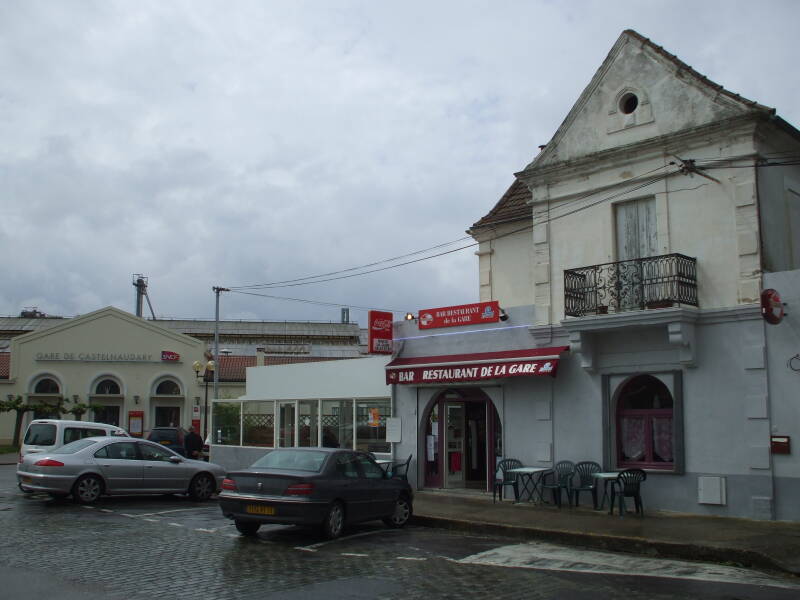
We had omelets with salad.
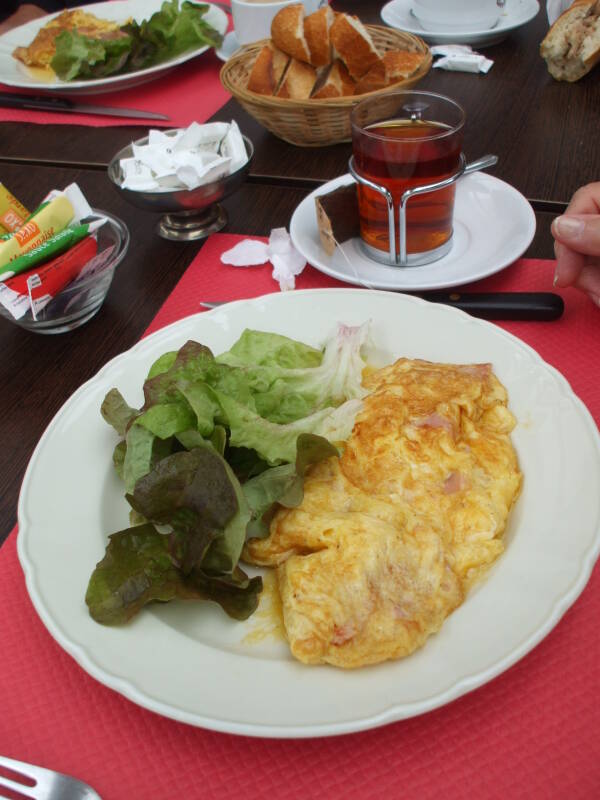
We saw some trucks tranporting recruits of the Légion Étrangère, the French Foreign Legion. The Legion used to do its training in Corsica, but the training regiment has been based outside Castelnaudary since 1977.
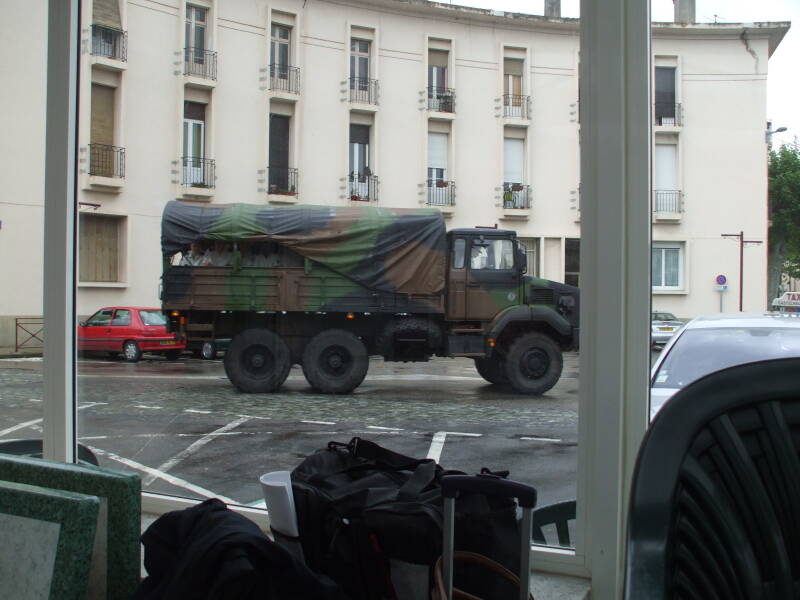
Here's everyone but me, ready to board the train from Castelnaudary to Montpellier and then on to Avignon.

